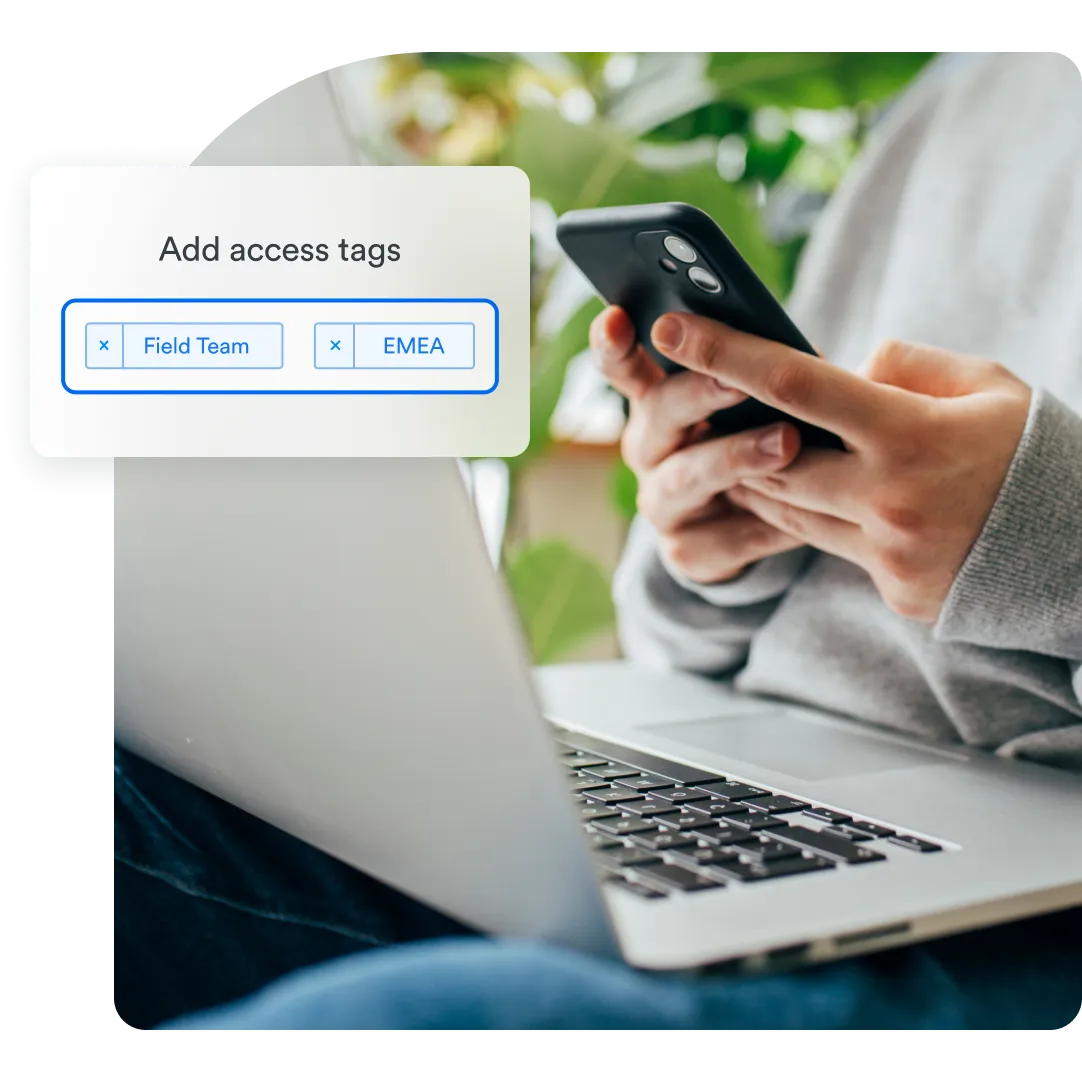Duo MFA has been brilliant because we can integrate it with so many different packages, ADFS, Azure, and the like and also when we came to actually talking about MFA with some of partners they were already using Duo so for them to not need to have another program or application to authenticate was great.
Adrian Foo
IT Manager, Hynds Group





